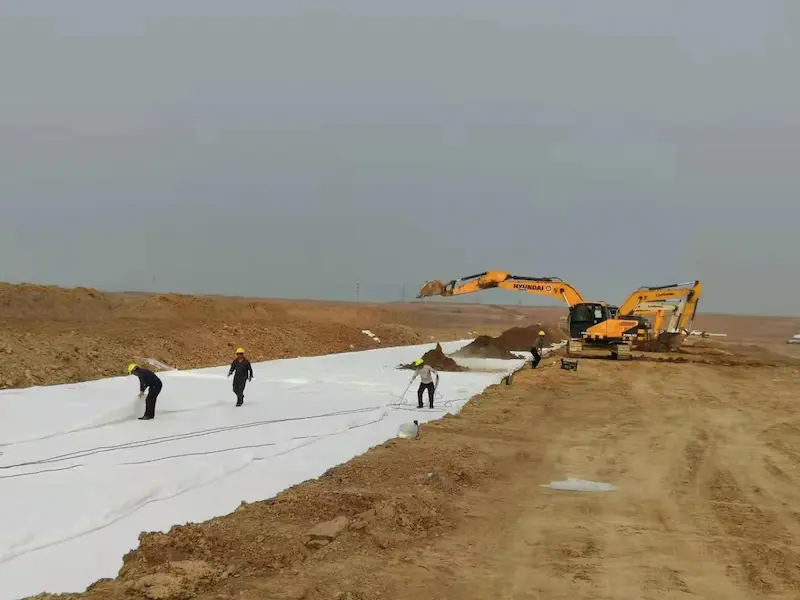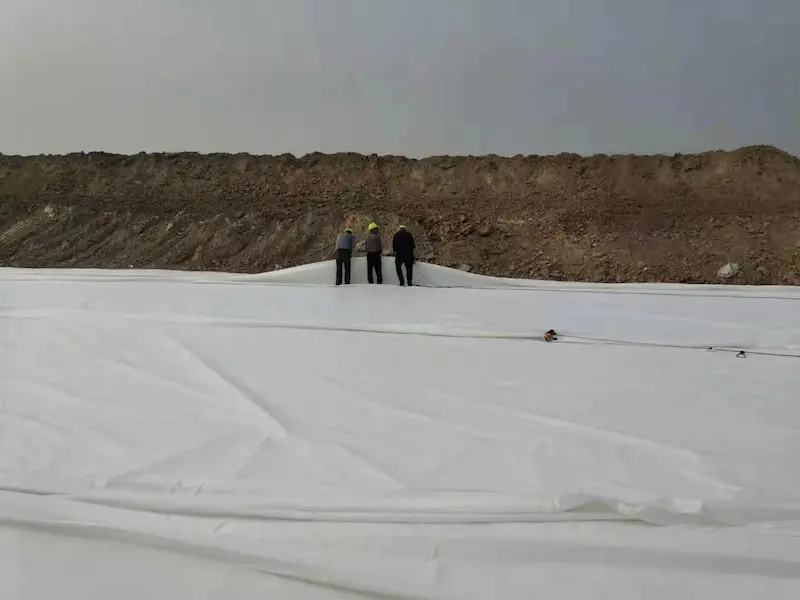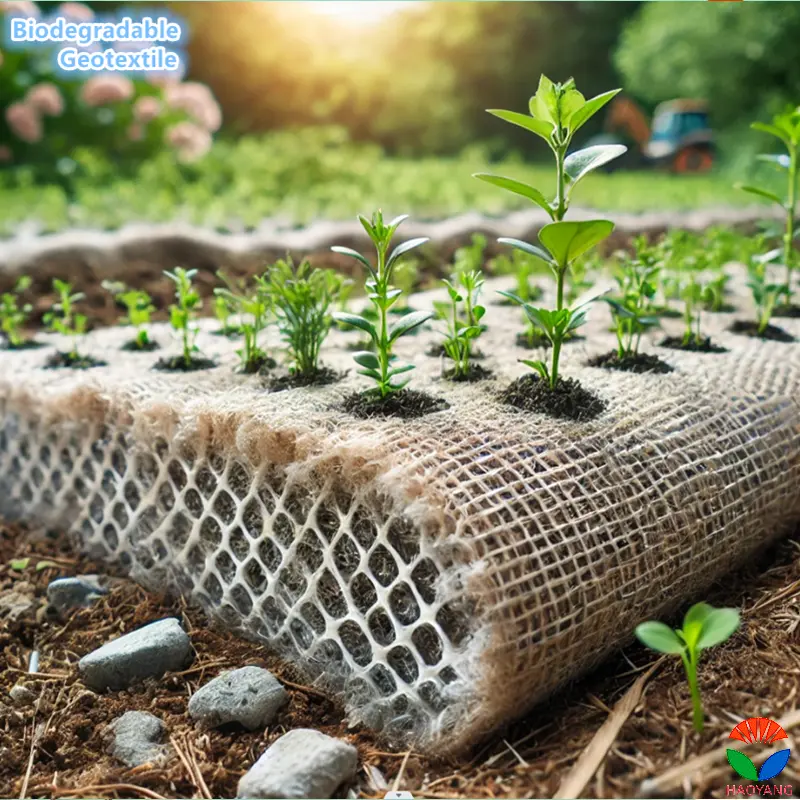Function of Geotextile in Road Construction
Geotextile, also known as geosynthetic material, has become an integral part of modern road construction. Its unique properties and functions make it an essential component in ensuring the stability, durability, and overall performance of roads. This article explores the role and significance of geotextile in road construction.
Firstly, geotextile serves as a separator in road construction. It is often placed between different layers of soil or aggregate to prevent the mixing of materials. This separation ensures that each layer performs its intended function effectively, maintaining the integrity and stability of the road structure. By preventing the intermingling of particles, geotextile helps maintain the desired engineering properties of each layer, enhancing the overall performance of the road.
Secondly, geotextile provides reinforcement and stabilization in road construction. It is often used to reinforce weak or unstable soil layers, improving their bearing capacity and reducing the risk of settlement or deformation. By providing additional support and stability, geotextile enhances the load-bearing capacity of the road, allowing it to withstand heavier traffic and environmental stresses.
Furthermore, geotextile plays a crucial role in drainage and filtration in road construction. It allows water to pass through while blocking the finer particles, ensuring effective drainage and preventing the accumulation of water or contaminants within the road structure. This helps maintain the integrity of the road and prevents the development of weak zones or failures due to water infiltration.
Additionally, geotextile contributes to environmental protection in road construction. It can be used as a barrier to prevent soil erosion and contamination, protecting nearby water bodies and ecosystems. By containing and stabilizing soil particles, geotextile reduces the potential for sedimentation and pollution, promoting sustainable road development.
In conclusion, geotextile plays a vital role in road construction. Its functions as a separator, reinforcement, drainage medium, and environmental protector contribute to the stability, durability, and performance of roads. With the increasing demand for efficient and sustainable infrastructure, the use of geotextile in road construction is expected to continue to grow in importance and popularity.
GBT 17639-2008 Specification Table for Geotextiles Made of Continuous Filament Spunbonded Needlepunched Nonwoven Fabric:
| ITEM | Indicators | |||||||||
| Nominal Tensile Strength/(kN/m) | 4.5 | 7.5 | 10 | 15 | 20 | 25 | 30 | 40 | 50 | |
| 1 | Longitudinal and Transverse Tensile Strength/(kN/m) ≥ | 4.5 | 7.5 | 10.0 | 15.0 | 20.0 | 25.0 | 30.0 | 40.0 | 50.0 |
| 2 | Elongation Corresponding to Longitudinal and Transverse Standard Strength/% | 40~80 | ||||||||
| 3 | CBR Burst Strength/kN ≥ | 0.8 | 1.6 | 1.9 | 2.9 | 3.9 | 5.3 | 6.4 | 7.9 | 8.5 |
| 4 | Longitudinal and Transverse Tear Strength/kN ≥ | 0.14 | 0.21 | 0.28 | 0.42 | 0.56 | 0.70 | 0.82 | 1.10 | 1.25 |
| 5 | Equivalent Aperture O30 (O35)/mm | 0.05~0.20 | ||||||||
| 6 | Vertical Permeability Coefficient/(cm/s) | KX(10-1~10-3) 其中:K=1.0~9.9 | ||||||||
| 7 | Thickness/mm ≥ | 0.8 | 1.2 | 1.6 | 2.2 | 2.8 | 3.4 | 4.2 | 5.5 | 6.8 |
| 8 | Width Deviation/% | —0.5 | ||||||||
| 9 | Mass Per Unit Area Deviation/% | -5 | ||||||||
| Note 1: Specifications are determined based on tensile strength. If the actual specifications fall between adjacent specifications in the table, the corresponding assessment indicators shall be calculated using a linear interpolation method. In cases where the specifications exceed the range in the table, the assessment indicators shall be determined by mutual agreement between the supplier and the buyer. Note 2: When the actual tensile strength is lower than the standard strength, the elongation corresponding to the standard strength shall not be subject to compliance judgment. Note 3: The standard values for items 8 to 9 shall be determined according to the design or agreement. | ||||||||||


503.webp)
759.webp)

628.webp)